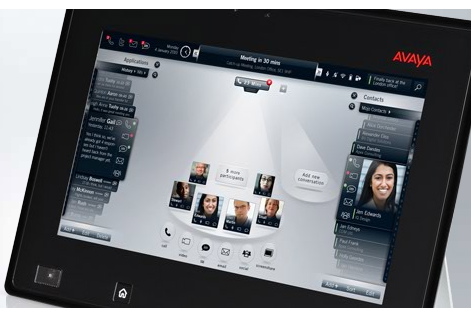Desktop video conferencing may have been a communications media in search of an application. I recall the buzz in 1994. Intel, Microsoft and Nortel thought for sure this was a big thing. Nortel's enterprise division liked it (I was working there) because it was thought to drive ISDN (2B+D) demand to the desktop and then PRI (23+D) to the PBX from the PSTN. We had TV commercials on the applications – it was way cool and full of sizzle.
Of course, our solution ran on Mac, which was our corporate standard, and the corporate standard for dozens of other major players in telecom and high technology (Windows was pretty ugly back in 1993/4, ie Windows 3.1 days).
Of course the commercial aspects of the product were severely unpleasant – the card and infrastructure cost often, more than the PC to which it was attached. The processors in those days needed a great deal of image processing assistance to render even the tiniest real-time/quasi-real-time images.
My boss was responsible for marketing it as part of a portfolio, and he purchased dozens of cards and then handed them out to us to use. I arranged with a friend in Detroit (Dave Hilger) to install one in his computer and then got my PBX guy in our little office to give me the requisite PBX service. At the appointed time, we set up our link, had our little camera's on and did our conferencing. It was not the pleasant experience we were expecting.Maybe it was a content problem. We were reviewing about 80 pages of engineering analysis that I had done; I was looking for his feedback on the work and the methodology.
All I saw was the top of his head, and all he saw was the top of my head. We installed the cameras on the tops of the monitors like we were supposed to, and then we laid out the stack of powerpoints on the keypad and referred to the pages as we 'collaborated' over the video link. There wasn't much to see, and the video added exactly zero to the overall communication, but we were glad that we had completed the experiment.
Our reward was the knowledge about the experience. We never used desktop video.










